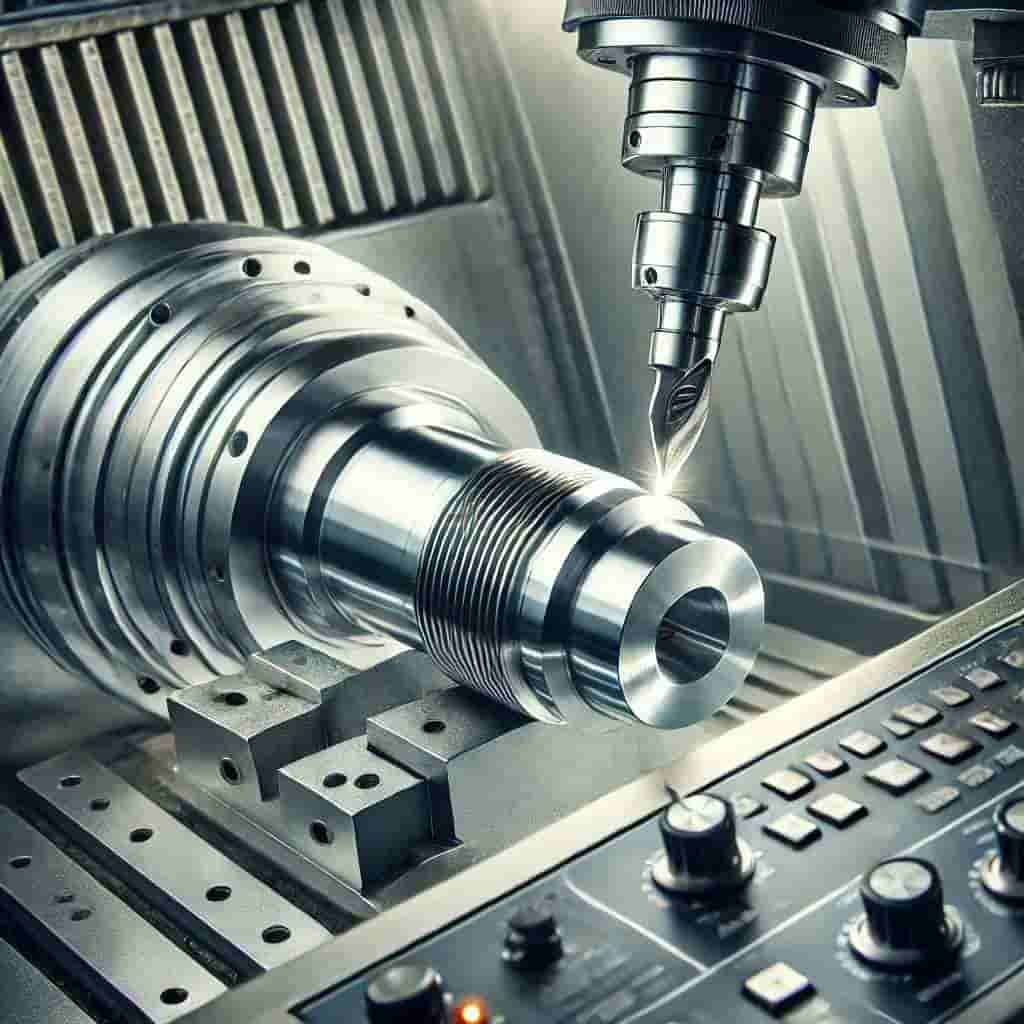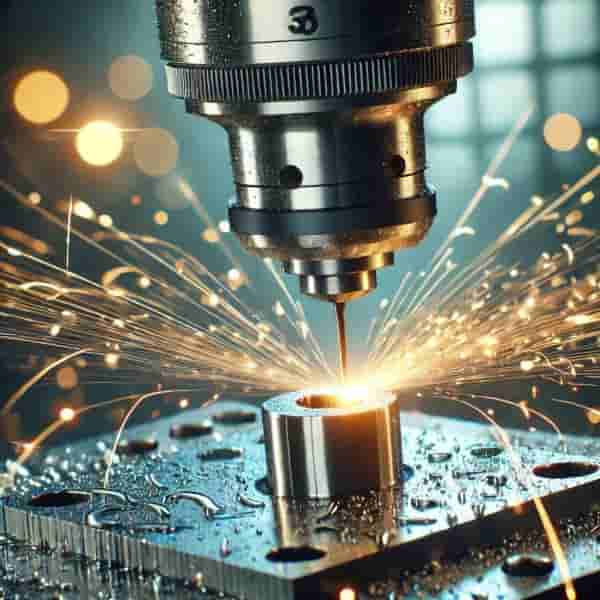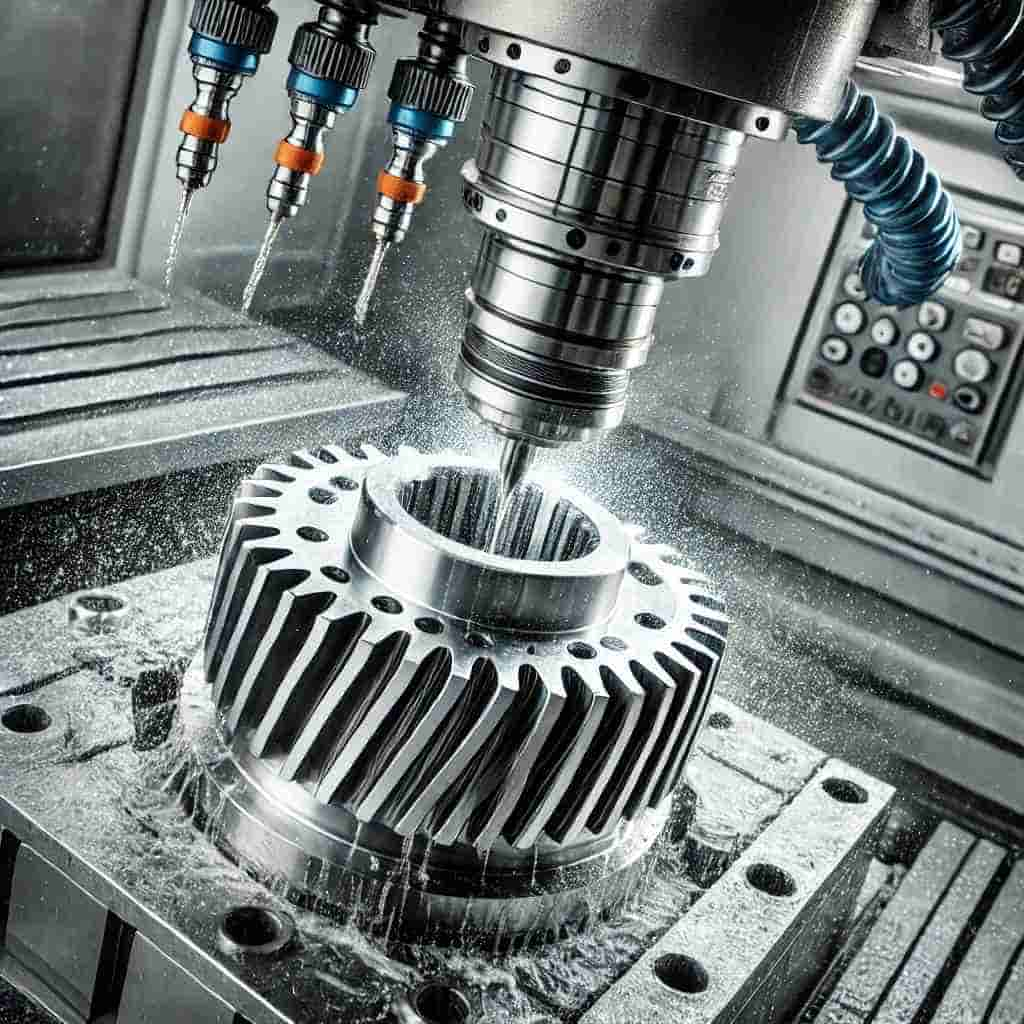Surface finishing is part of manufacturing, especially for CNC machined parts. It uses techniques specifically designed to modify the surface characteristics of a component to meet targeted functional, aesthetic, or performance-related needs. Surface finishing beautifies the part and increases its performance characteristics, such as corrosion resistance, wear resistance, and surface roughness.
What Is Surface Finishing?
Surface finishing is the process by which one changes the surface of a machined part concerning texture, appearance, and functionality. Depending on the part needed, the finish could be mechanical, chemical, or electrochemical.
CNC machining leads to high accuracy and repeatability of a workpiece. However, the components may have features on their surface which impact both form and finish.
One common issue is tool marks—fine lines or grooves left by the cutting tool—which may affect both aesthetics and functionality. Techniques like polishing or secondary finishing can help address these marks. It may not be aesthetically desirable or functionally suitable.
Machined features such as burrs, raised edges, particles, or small ridges forming at the boundary of the features necessitate deburring operations.
Minor marks that may take the form of scratches on the surface due to the machining process, handling, or transport are undesirable from an aesthetic point of view. They may be a source of further mechanical difficulties later on.
Common Surface Finishing Techniques For CNC Machined
Surface finishing plays a vital role in determining the quality and performance of CNC machined parts. Here, we discuss some standard finishing processes in various industries.




